2023 Conservation Recap: 1 Million Acres in 365 Days and More
In 2023, the NWTF’s volunteers, staff and partners rallied around the organization’s 50th Anniversary for the entire year, breaking new records and reaching new milestones.
Embarking on the next 50 years – springboarded by the last – the NWTF is taking its mission delivery to new levels, ensuring future generations can enjoy the wild turkey and that North America’s rich hunting traditions live on.
What the NWTF accomplished in 2023 during its Golden Anniversary is unprecedented; it shows how the NWTF is continuing to grow its impact after 50 years. 2023 is worth celebrating one last time before we roll up our sleeves in 2024 and hit the ground running.
Here is a high-level recap of a laser-focused mission delivery during the NWTF’s Golden Anniversary:
1 Million Acres in One Year
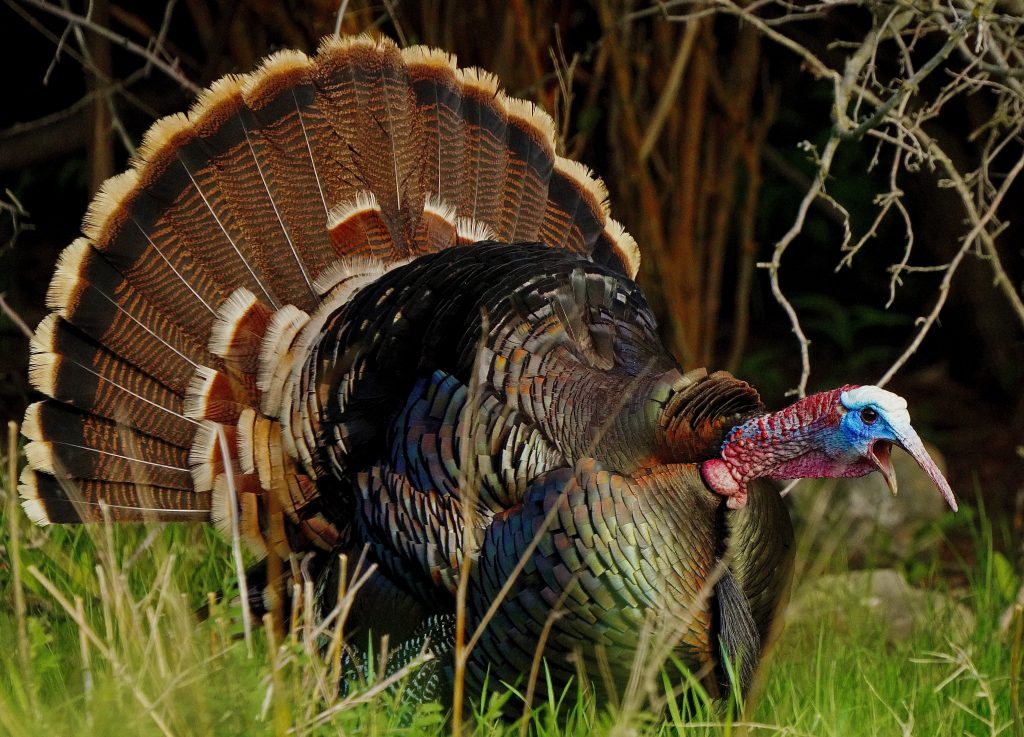
As the NWTF geared up to celebrate its historic 50th Anniversary all year in 2023, the federation set out to positively impact 1 million acres from Jan. 1 to Dec. 31. The NWTF officially surpassed the unprecedented 1-million-acre goal on Dec. 18, with 1,009,053 positively impacted acres reported.
Bringing the NWTF’s total impact to over 23 million acres since tracking began in 1985, the 1 million acres accomplished in 2023 was an ambitious task and was a hard-earned effort spearheaded by the NWTF’s conservation staff across the country. Acres that were part of 2023’s 1 million total include private-, federal- and state-owned lands that the NWTF positively impacted. Positively impacted acres are broken into two categories: conserved or enhanced acres and influenced acres.
Conserved or enhanced acres are acres where the NWTF has a direct impact on the ground. A significant amount of conserved or enhanced acres were accomplished with a deliberate focus on conservation at a landscape scale through the NWTF’s initiatives across its Big Six Regions of Conservation. Landscape-scale efforts also include work done through the Wildfire Crisis Strategy and on private lands through the NWTF’s National Forestry Initiative.
NWTF state chapters also played a major role in bolstering conserved and enhanced acres by funding projects through the Super Fund, including land acquisitions, long-term habitat enhancements, equipment purchases, annual plantings and more. The Super Fund is a funding model where NWTF volunteers raise money at banquets and other types of fundraisers and then allocate a significant portion of those funds back into meaningful conservation and outreach projects in their respective states (and beyond).
Influenced acres are those where the NWTF may influence future habitat enhancement but cannot directly tie its efforts or spending to a specific on-the-ground action. For example, acres that benefited from creating conservation plans for landowners and conservation education field days are examples of influenced acres. This year’s positively impacted acreage total includes everything from 1-acre pollinator plantings in state wildlife management areas to landscape-level conservation efforts encompassing multiple national forests.
Acres impacted by the NWTF directly support the NWTF’s mission and benefit wild turkeys and public access for hunters, but they also amplify the NWTF’s Four Shared Values: clean water, healthy forests and wildlife habitats, resilient communities and robust recreational opportunities. These critical values allow the NWTF’s partners and volunteers to increase the scope of work while staying true to the NWTF mission to conserve the wild turkey and preserve our hunting heritage.
What’s more, the NWTF’s 2023 landmark accomplishment speaks to how the organization’s impact on wildlife habitat is increasing significantly year after year, as well as its reach and partnership expansion. The previous high-water mark for acres impacted by the NWTF in 12 months was from August 2021 to August 2022. In that time, the NWTF conserved or enhanced about 772,000 acres.
Largest Investment in Wild Turkey Research to Date
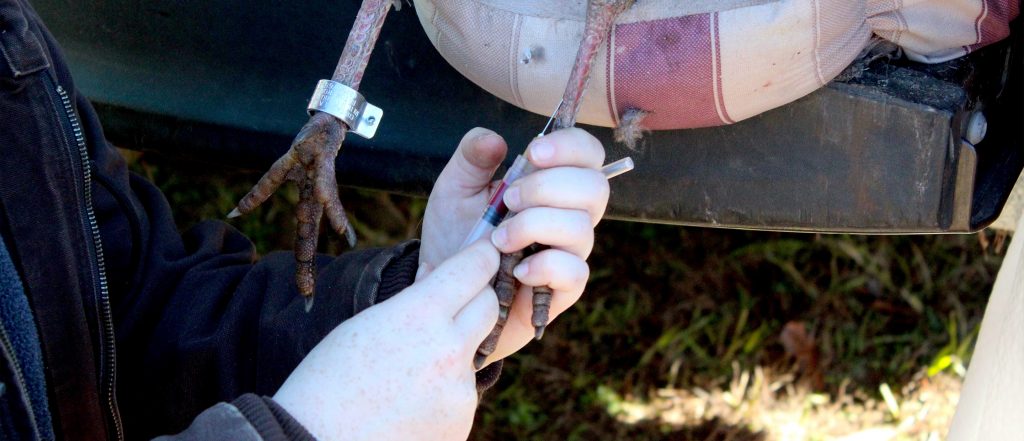
2023 marked the second year of a renewed emphasis by the NWTF on funding critical wild turkey research. While the NWTF was founded as a research organization and has contributed to research over the decades, the unstable wild turkey populations, coupled with many new questions in wild turkey ecology and wild turkey management, have brought forth a vital need to invest in research in such a way that drives the future management and conservation of our beloved bird.
This year — thanks to the generous contribution from Bass Pro Shops and Cabela’s — the NWTF furthered its impact in bolstering wild turkey research efforts with a historic $582,374 investment, dispersed among 10 vital projects across nine states that will guide the future management of the wild turkey. This year’s investment, leveraged with matching partner funds, was over $9 million. Learn more about all of these projects.
Including the NWTF’s 2022 research investment, the NWTF has allocated more than $1.2 million toward wild turkey research from June 2022 to the present, resulting in nearly $12 million with matching funds from partners.
Habitat for the Hatch Launch
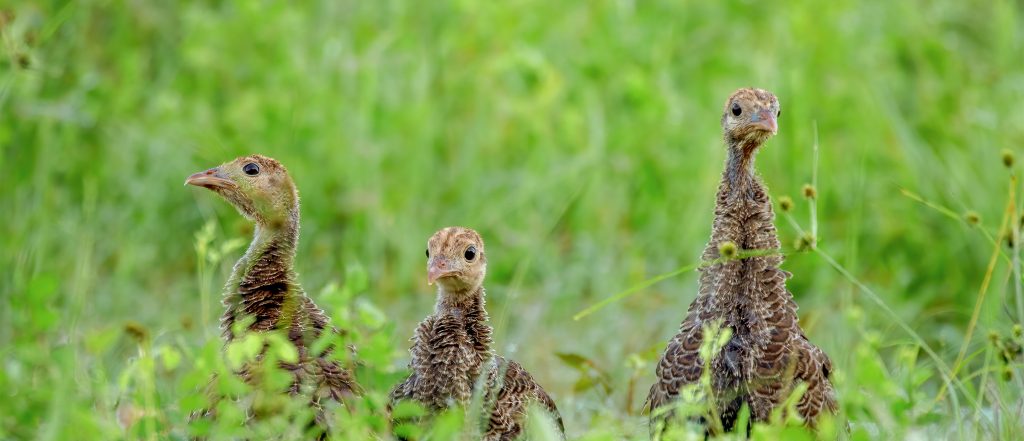
While research is critical, we also know that the loss of essential habitat is hurting wild turkey numbers, especially in the Southeast and Mid-South states. At its National Leadership Conference in Ridgedale, Missouri, the National Wild Turkey Federation also revealed its new Habitat for the Hatch initiative.
This landscape-scale initiative is laser-focused on creating nesting habitat and quality brood range near each other. The initiative includes all or portions of Alabama, Arkansas, Florida, Georgia, Illinois, Indiana, Kansas, Kentucky, Louisiana, Mississippi, Missouri, North Carolina, Ohio, Oklahoma, South Carolina, Tennessee, Texas and Virginia.
Habitat for the Hatch is scaled to make a massive impact: 1 million acres of quality nesting and brood-rearing habitat, implemented based on past, current and future research efforts, in the next 10 years across public and private lands. The work of Habitat for the Hatch will result in more turkeys across the Southeast and beyond, plus an overall healthier and more contiguous ecosystem.
Waterways for Wildlife

The NWTF’s Waterways for Wildlife initiative kicked off another year of vital restoration work in and around water corridors by funding 20 conservation projects throughout nine of the initiative’s 10 focal states in 2023. The NWTF is contributing $225,000 to these critical projects, which is being leveraged with partners to deliver more than $5.3 million to on-the-ground projects this year alone.
The initiative also announced 2024 funding opportunities that will be ranked and scored by the NWTF’s Waterways for Wildlife Initiative staff on the applicability of the projects, conservation impact, partner engagement and matching funds, among other criteria. Award recipients will be announced in the spring of 2024.
Rocky Mountain Restoration Initiative
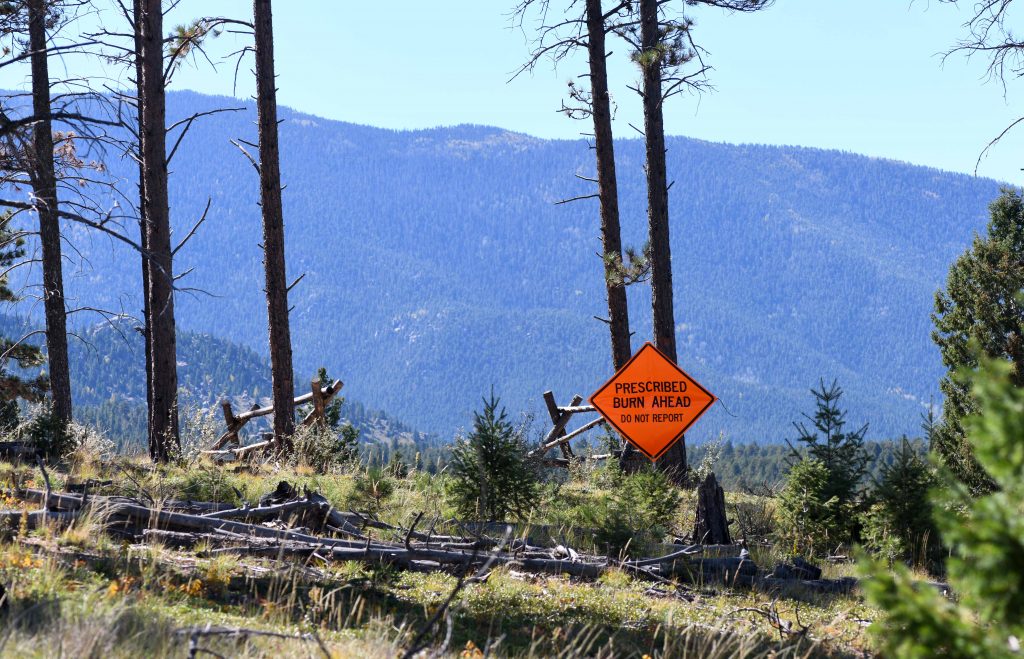
Over the past year, the Rocky Mountain Restoration Initiative has undertaken extensive efforts to foster healthy and resilient forests in Colorado through collaborative initiatives with federal, state, tribal and local partners. Focused on three landscapes—Southwest, Upper Arkansas and Upper South Platte—their work is guided by the NWTF's Four Shared Values. Emphasizing the effectiveness of prescribed fire in preventing wildfires, RMRI, in coordination with the US Forest Service, successfully conducted a prescribed fire in July, burning 250 acres in the Upper South Platte landscape following unusually high spring precipitation. In September, RMRI highlighted accomplishments in the Upper South Platte landscape during a field tour, showcasing successful treatments on public and private land. The tour demonstrated the effectiveness of cross-boundary work, with organizations visibly collaborating across state, federal and private land borders to advance the common goal of creating defensible spaces in communities.
In addition to on-the-ground achievements, RMRI has actively participated in legislative efforts to address wildfire management in Colorado. Several bills have been enacted into law, including HB23-1060, which mandates upgrades to the Colorado Forest Service Tree Nursery to support reforestation. Another significant law, HB23-1075, requires the integration of evacuation and clearance time modeling into emergency management plans, enhancing preparedness for wildfire-related evacuations. Furthermore, SB23-005 established a workforce development program for timber, forest health and wildfire mitigation industries, while SB23-013 directed the Division of Fire Prevention and Control to report on wildland fire investigations and create a dedicated fire investigation fund. These legislative measures underscore the comprehensive approach RMRI is taking to address the impact of wildfires in the region.
Wildfire Crisis Strategy

The USDA Forest Service and the NWTF signed a landmark, transformational, 20-year national master stewardship agreement in 2022. Since then, this first-of-its-kind agreement has paved the way for the NWTF and the Forest Service to work together to address the wildfire crisis in the West and promote healthy forests across the U.S. Work under the agreement officially began on March 29, 2023, through the Timber Transport Pilot Project. The NWTF contracted with the California Deer Association to begin harvesting timber as part of a 2,746-acre forest restoration project in the Klamath National Forest in northern California.
The timber harvested in this project is embarking on its journey by railcar — a method considered “old-fashioned” in today’s world of multi-modal transportation. However, the NWTF views this method of transportation through a lens that considers the ecological and social values of the work being done. With this timber transport pilot, the NWTF is testing a proof of concept that may create a new model for implementing the crucial work ahead. Restoring forests to more appropriate tree densities is intended to create a forest and watershed that is more resilient to wildfire events while improving wild turkey and other wildlife habitat on a wildfire-burn-scared landscape. Learn more about this proof-of-concept project and its impact on our natural resources.
Also, under the Wildfire Crisis Strategy umbrella, the Forest Service and the NWTF signed two new stewardship agreements in 2023, one in the Forest Service’s Region 2 (Rocky Mountain region) and the other in the agency’s Region 6 (Pacific Northwest region).
In September, the Region 2 Supplemental Project Agreement was officially signed and initially included four projects in three national forests. These projects aim to reduce the threat of catastrophic wildfires while improving overall ecological health in the agency’s Rocky Mountain Region. Learn more about these projects and how they amplify the NWTF’s Four Shared Values.
Likewise, the Region 6 stewardship agreement in the Pacific Northwest went from being signed to on-the-ground conservation projects in just weeks. Like the Region 2 work, projects under the Region 6 agreement aim to reduce the threat of catastrophic wildfire and improve wildlife habitat on targeted, high-priority landscapes across 24.7 million acres of public land. Learn more about these projects.
NFI 2.0
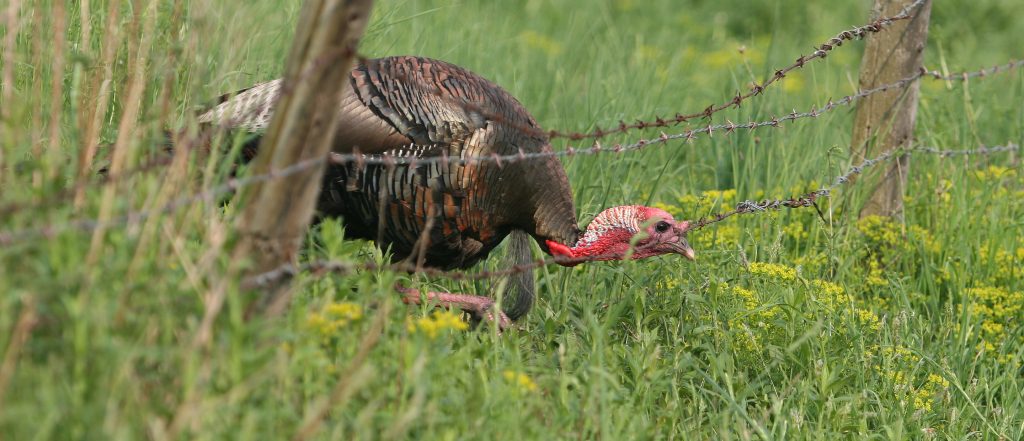
Through a partnership agreement, the Natural Resources Conservation Service and the NWTF have forged the National Forestry Initiative, a program dedicated to aiding private landowners across the country and fostering greater stewardship of America’s natural resources. Work in 2023 brought the program’s total positively affected private land acres to over 432,000.
Over the past year, NFI 2.0 introduced six additional positions to the existing 25 forester positions from the original agreement. Vacancies were effectively filled in various locations, including Pagosa Springs, Colorado; Cortez, Colorado; Lincoln, Nebraska; Miles City, Montana; and Jackson, Alabama. The Alabama position is designed and located to have a primary focus on engaging historically underserved forest landowners.
Learn more about NFI and the impact the NWTF is making on private lands across the country.
Federal and State Recognition
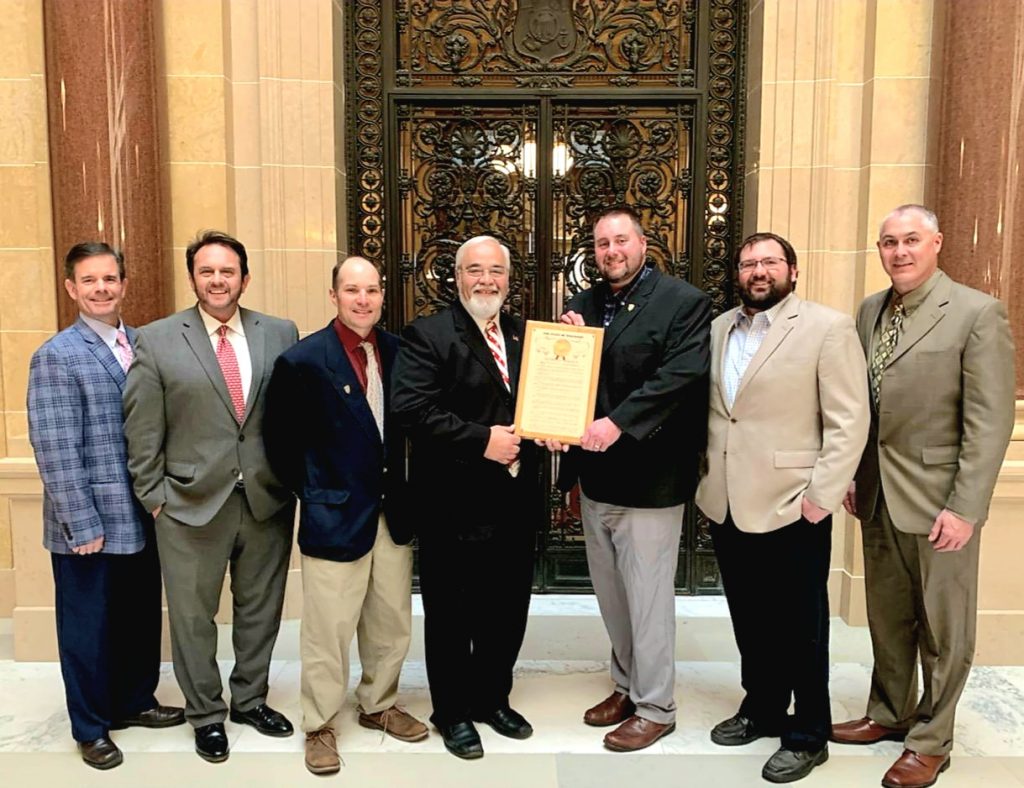
In addition to the U.S. Senators who recognized the NWTF on the Senate floor, 37 states, with the guidance of NWTF state chapters and volunteers, passed some form of recognition of the NWTF’s 50th Anniversary in 2023, including joint resolutions, proclamations, certificates of recognition and more. Highlighting the outstanding accomplishments of the NWTF in this way is vital, as it puts the great work of the NWTF on the desk of lawmakers and influences more legislation aimed at bolstering collaborative efforts to conserve the wild turkey and preserve our hunting heritage.
Education and Outreach Events

NWTF staff and volunteers across the country host numerous events geared toward recruiting, retaining and reactivating new hunters. Be it introducing kids to their first turkey hunt, engaging disabled veterans in the pheasant fields, hosting wild game cooking classes for nonhunters or anywhere in between, the NWTF casts a large net when it comes to preserving North America’s hunting heritage, and 2023 was an extraordinary year for sharing the outdoors. Through the efforts of the NWTF’s volunteers, NWTF chapters nationwide hosted 845 events in all corners of the country. Learn more about the NWTF’s education and outreach efforts.
Hunt for Good
Like recruiting new hunters, the NWTF knows the importance of increasing public perception of hunting. That is why the NWTF is working with like-minded organizations and researchers on a national ad campaign – Hunt for Good – geared toward increasing participation and public support of hunting through various mediums that will target new audiences. This campaign aims to connect with the nearly 80% of Americans who are receptive to the positive benefits hunting provides. The Hunt for Good project will provide insight into how we can effectively recruit more recreational hunting enthusiasts and create broader social acceptance for hunting.
L.L. Bean supports NWTF Efforts to Reach Urban Communities
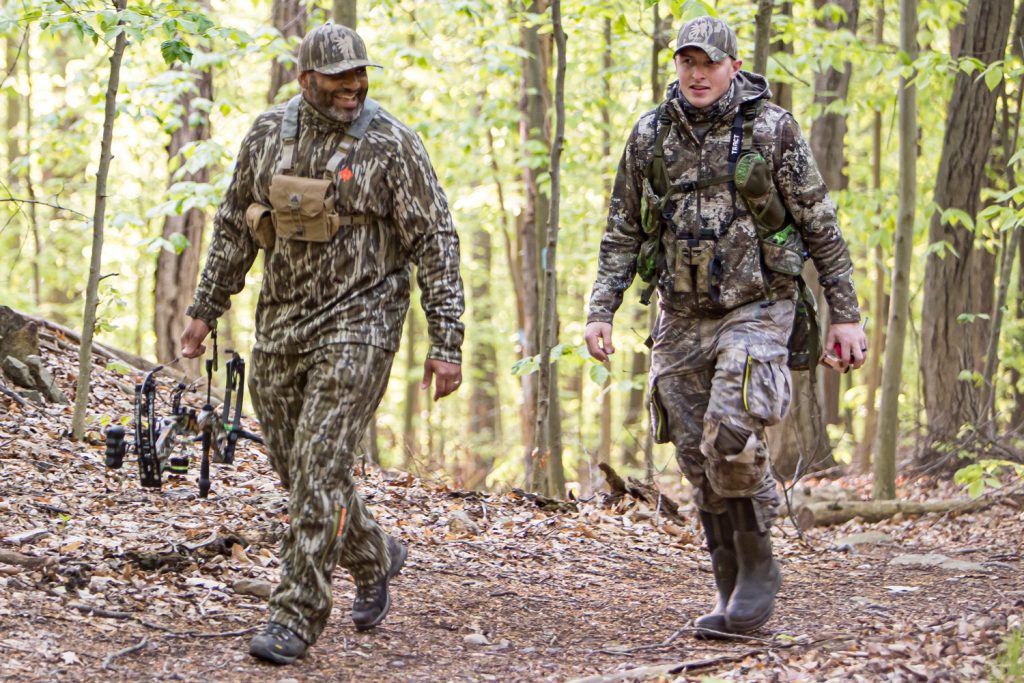
As we shift into the next 50 years of our organization, NWTF's Education and Outreach team has set goals to reach diverse audiences across urban landscapes, collegiate programming and new avenues. Education and outreach, specifically R3 (Recruitment, Retention and Reactivation) research has noted the need for innovative and adaptive approaches. This year, we expanded programming in needed areas thanks to the help of L.L. Bean. The program focused on underrepresented communities that may otherwise struggle to find the time and opportunity to prioritize and/or participate in the outdoors.
One of these events was the New Jersey Women in the Outdoors deer camp in October at the New Jersey School of Conservation. This program was heavily geared toward public land hunting access, which is a common issue new hunters encounter. Meals included venison, alligator, bison and other wild game. The camp chef hosted a wild-game cooking workshop and participants prepared sous vide moose and cast-iron venison loin with a beach plum reduction sauce. All participants went home with several regular and specialty cuts of deer as well. The hunting acreage is in the middle of a state forest that was historically a Civilian Conservation Corp camp. It is now an educational campus for youth, college students and teachers to learn all things conservation.
Another example was the Explore Pennsylvania Outdoors event, which was held in August in downtown Pittsburgh. Pittsburgh is traditionally an underserved community when it relates to hunting and shooting sports. Participants had the opportunity to participate in various tracks, taught by experienced staff and volunteers. Participants had the opportunity to focus on a different area of outdoor recreation (i.e. explore PA waters, explore PA woods, explore PA wildlife, explore PA hunting). This event will help the Pennsylvania Game Commission further its reach into urban areas and nontraditional underserved audiences. The event was hosted at Point State Park.
Agents of Discovery
NWTF embarked on a partnership with Agents of Discovery to provide new innovative and inclusive learning opportunities for our members to connect virtually with our organization.
Through their cutting-edge technology, we have ‘missions’ that challenge users via their use of the app on mobile devices, to engage the natural world. This new interface allows us the opportunity to create new challenges quarterly to continue to introduce new audiences to facets of our organization virtually. Finding a way to meet youth and the public in a virtual environment will help us in our outreach efforts for the nontraditional audiences and technologically minded members of our community.
NWTF partnered with Wonders of Wildlife to launch a Scavenger Hunt mission at NWTF’s National Convention and Sport Show in Nashville. Participants learned about various conservation groups at the Family Adventure Trail, such as the U.S. Forest Service, Tennessee Fur Harvesters, Tennessee Wildlife Resource Agency and many more. The NWTF also launched a Thanksgiving mission called “Threatened to Thriving” that teaches turkey facts about subspecies, turkey vocalizations, the purpose of the rocket net and more.
